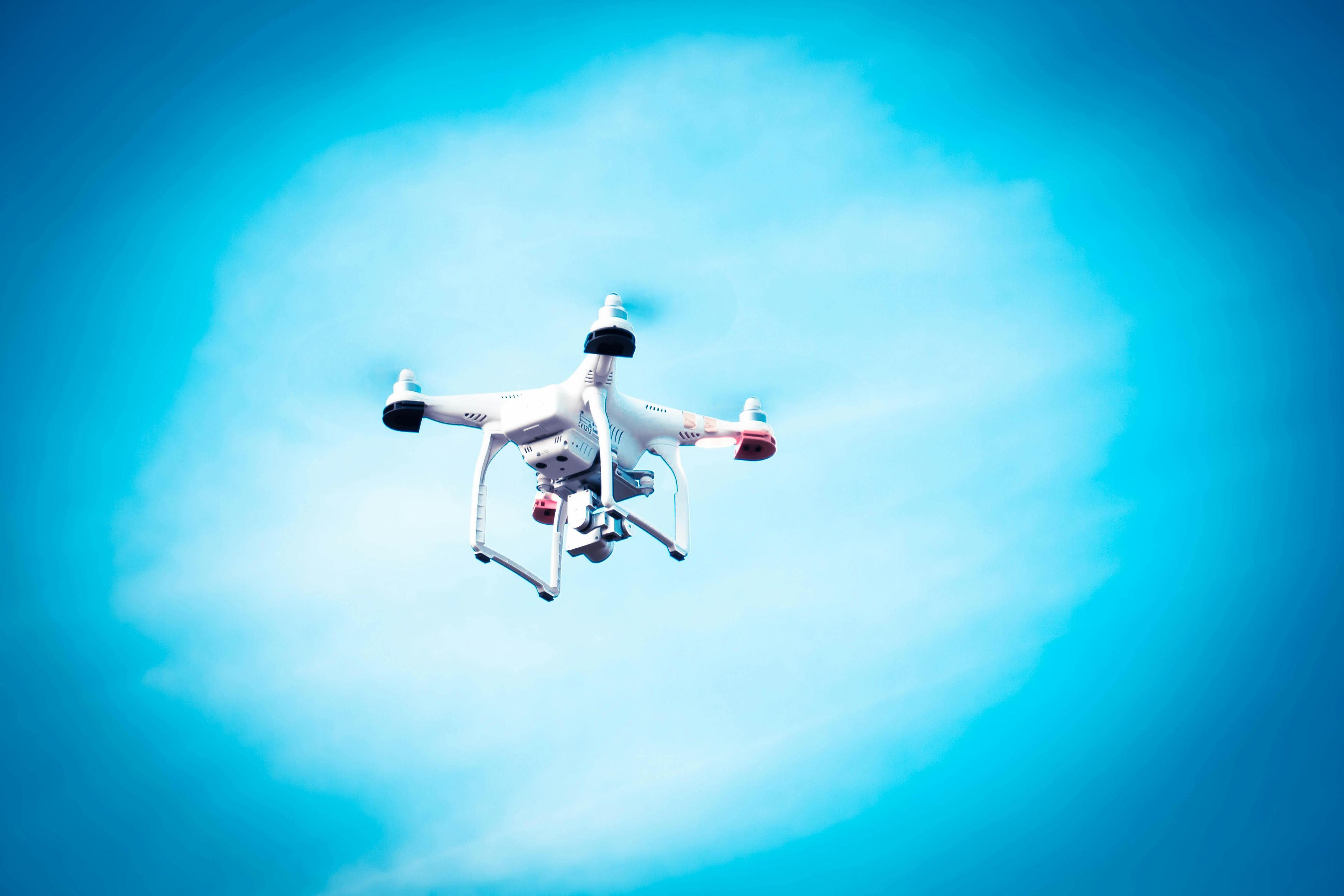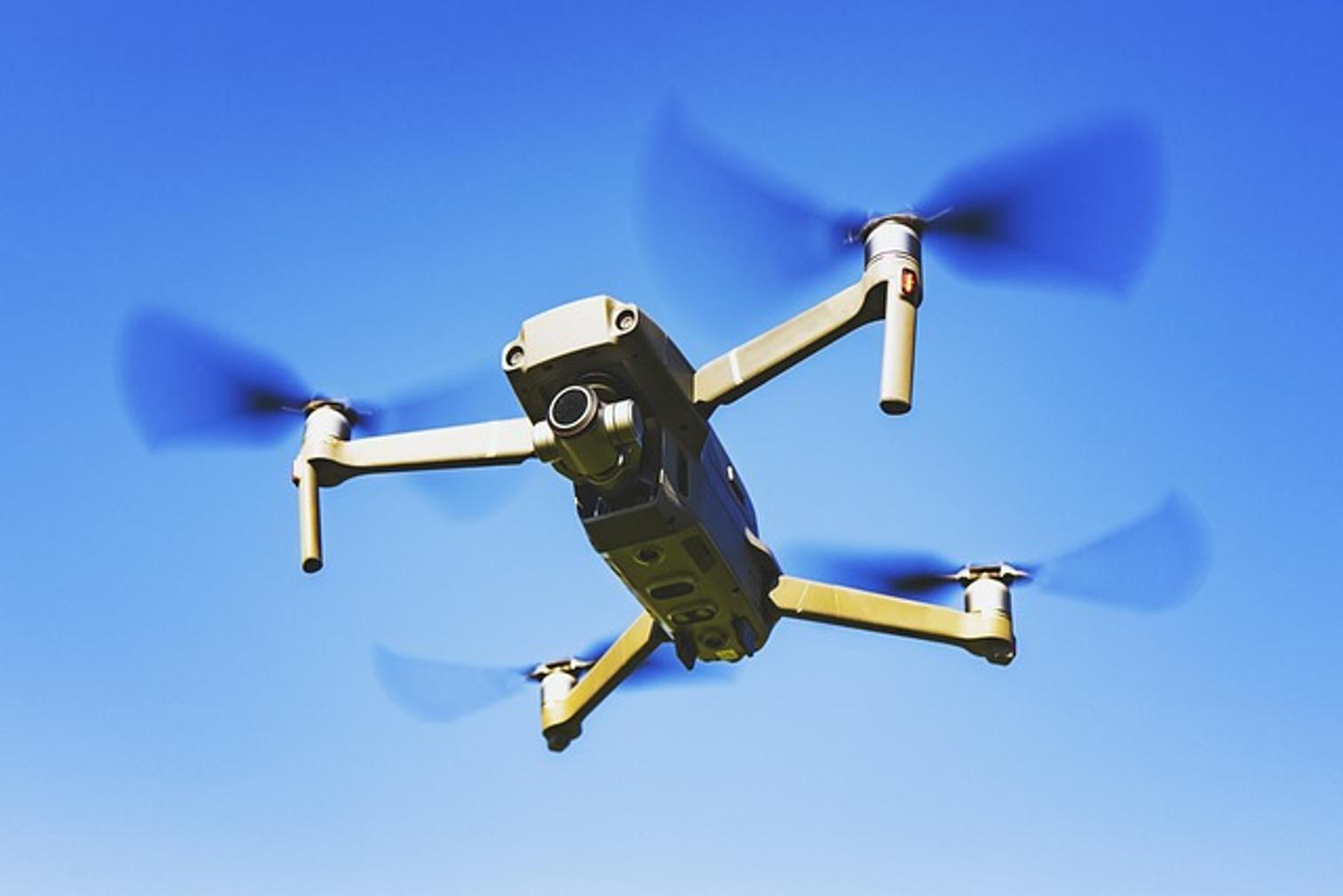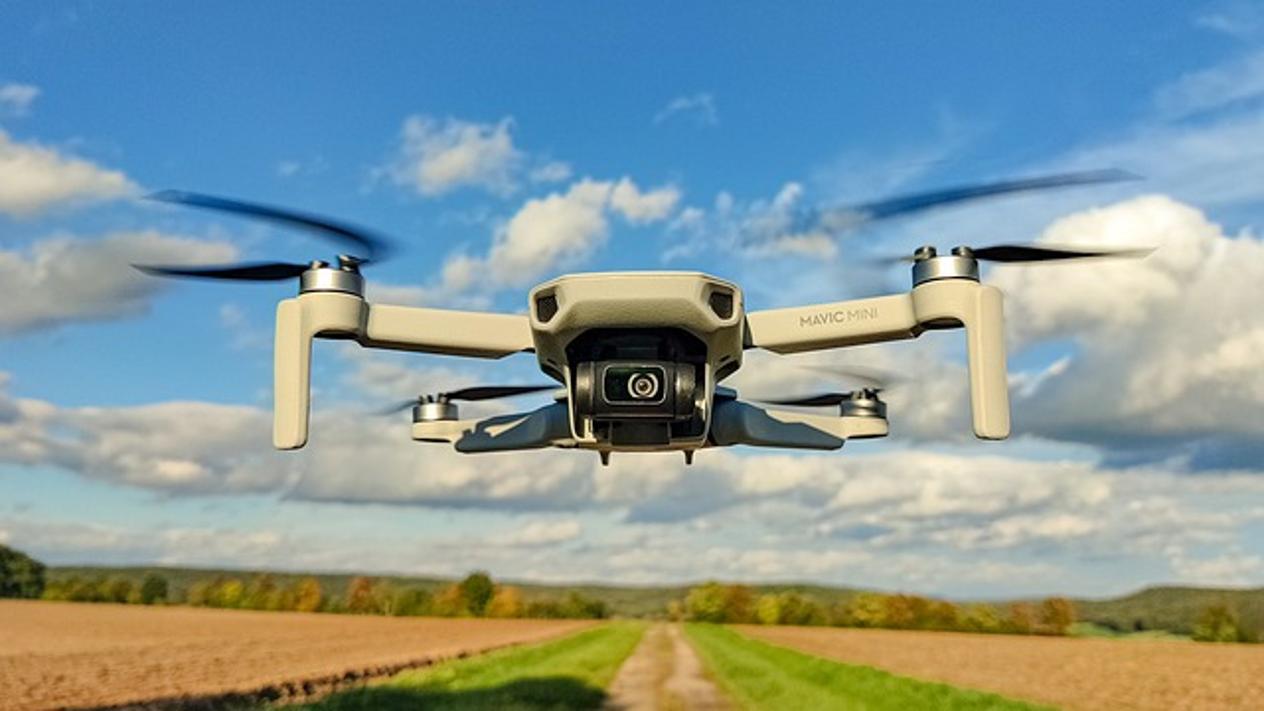Mastering UAV Videography for Stunning Aerial Footage
Introduction
Unlock the secrets of capturing breathtaking aerial footage through UAV videography. Drones have revolutionized the videography landscape, providing unique perspectives and versatile shooting options. However, excelling in UAV videography demands more than simply owning a drone. This guide covers every aspect of UAV videography, from choosing the right equipment to mastering flight techniques and advanced editing tips. By understanding each component, you can elevate your aerial footage to professional standards.

Choosing the Right Drone for Videography
Choosing the right drone is the cornerstone of effective UAV videography. The market offers a wide array of drones, each with its own set of features and specifications. Consider models that support 4K or higher resolution cameras for the best video quality. Drones like the DJI Phantom 4 Pro and the Mavic Air 2 are popular choices among professionals. They offer excellent camera stabilization, long battery life, and smart flight modes. These features allow for more creative freedom, enabling you to capture intricate shots seamlessly.
Essential Equipment for Optimal Performance
Beyond the drone itself, several other pieces of equipment can enhance your videography experience. First, ensure you have spare batteries. Longer flight times mean more opportunities for capturing that perfect shot. ND filters are another vital accessory. These filters control the light entering the camera, allowing for smoother footage even in bright conditions. Lastly, consider a high-quality gimbal. While many drones come with built-in stabilization, an additional gimbal provides extra stability for ultra-smooth footage, especially during complex maneuvers.
Pre-Flight Preparations for Quality Footage
Preparation is crucial to ensure high-quality footage. Start by planning your shots meticulously. Scout locations beforehand, keeping in mind aspects such as lighting, obstacles, and permission requirements. Conduct thorough equipment checks to ensure every component is functioning correctly. Pre-flight calibration of the drone and gimbal is essential for accurate flight and stability. Once these steps are covered, establish a flight plan. This plan should outline your intended shots, flight path, and safety protocols, providing a comprehensive blueprint for your shoot.
In-Flight Techniques for Cinematic Shots
Mastering in-flight techniques is pivotal for stunning aerial footage. Basic UAV maneuvers like straight-line flights, orbits, and vertical ascents form the foundation of your shots. For cinematic footage, advanced techniques such as the reveal shot, fly-throughs, and the orbit reveal can add dramatic elements to your videos. Maintaining stability during flights is crucial. Use your drone's built-in stabilization features, but also practice smooth joystick movements and gentle, controlled maneuvers.
Basic UAV Maneuvers
Starting with basic UAV maneuvers is essential. Practice straight-line flights to understand your drone's speed and responsiveness. Orbits involve flying the drone in a circular path around an object or point of interest, while vertical ascents can add impressive height and perspective to your shots.
Advanced Techniques
Once you are comfortable with basic maneuvers, move on to advanced techniques. The reveal shot involves starting close to an object and flying away to reveal the larger scene. Fly-throughs require navigating through gaps and tight spaces, while the orbit reveal combines circular flight paths with upward or downward movements, creating dynamic effects.
Maintaining Stability
Maintaining stability is paramount for smooth footage. Use your drone's built-in GPS and stabilization features. Fly in calm weather conditions to minimize the impact of wind. Develop a gentle touch on the joystick to avoid jerky movements, and always fly within your line of sight for precise control.
Post-Flight Workflow and Review
After capturing your footage, follow a structured post-flight workflow. Start by backing up your footage to multiple storage devices. Review your shots to identify the best takes, noting any sections that may require retakes. Organize your footage into folders based on scenes or shot types for easier access during editing. Use software like Adobe Premiere Pro or Final Cut Pro for preliminary trimming and organization. This structured approach ensures a smoother editing process and helps maintain the quality of your final video.

Advanced Editing Tips for Professional Results
Editing can make or break your UAV videography. Mastering advanced editing techniques can elevate your footage to professional levels.
Color Correction and Grading
Begin with color correction to fix any exposure issues and ensure consistent color balance. Use software tools to adjust highlights, shadows, and midtones. Color grading adds a stylistic touch. Apply LUTs (Look-Up Tables) to give your footage a specific look, whether it's a cinematic, vintage, or vibrant style.
Adding Special Effects
Special effects can add another layer of sophistication to your footage. Tools like After Effects allow you to introduce motion tracking, slow motion, and even 3D elements. These effects can create dramatic sequences and bring your creative vision to life.
Sound Design and Integration
Sound design is an often-overlooked aspect of UAV videography. High-quality audio can greatly enhance viewer engagement. Use ambient sounds that match the visuals, and layer in music that complements the mood of your footage. Software like Audition or Audacity can help you mix and integrate sound precisely.

Legal and Safety Considerations
Understanding legal and safety considerations is crucial for responsible UAV videography. Before you take to the skies, it's important to understand the regulatory landscape and safe flying practices to ensure that your aerial filming activities are compliant and secure.
FAA Regulations
Make sure to familiarize yourself with FAA regulations. You may need a Part 107 license if you're using your drone for commercial purposes. Check for local restrictions and no-fly zones to avoid legal hassles. Knowing the guidelines will help you avoid fines and ensure that your flights are legal.
Privacy Concerns
Respect privacy laws and avoid filming private properties without consent. Be mindful of people's personal spaces and avoid intruding. Establishing a good rapport with the community can also mitigate any potential conflicts that might arise from your flying activities.
Safe Flying Practices
Adhere to safe flying practices. Maintain visual line-of-sight with your drone at all times. Avoid flying over crowds or in adverse weather conditions. Always have a backup plan for emergencies, such as low battery or hardware malfunctions. Safe practices not only protect your investment but also ensure the safety of others.
Conclusion
Mastering UAV videography requires a blend of the right equipment, meticulous preparation, skilled flight techniques, and advanced editing skills. Following these guidelines helps ensure you capture stunning, professional-grade aerial footage. Incorporating these elements into your workflow will help elevate your videography skills and ensure you consistently produce high-quality, engaging aerial footage.
Frequently Asked Questions
What is the best drone for UAV videography?
The DJI Phantom 4 Pro and Mavic Air 2 are popular among professionals for their excellent camera quality and stability features.
How can I stabilize my drone shots?
Use built-in stabilization features, practice smooth joystick movements, and consider additional gimbals for extra stability.
Do I need a license to fly a drone for videography?
If you are using your drone for commercial purposes, a Part 107 license from the FAA may be required. Always check local regulations.



